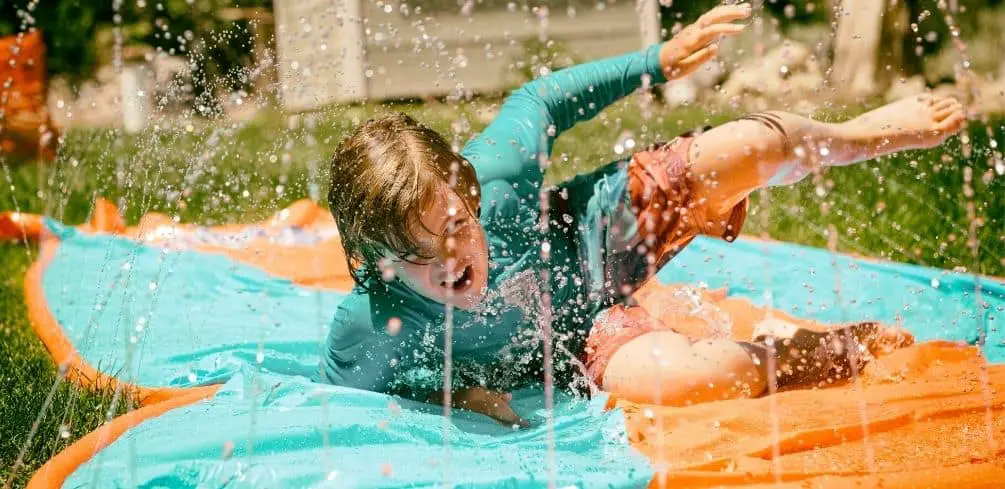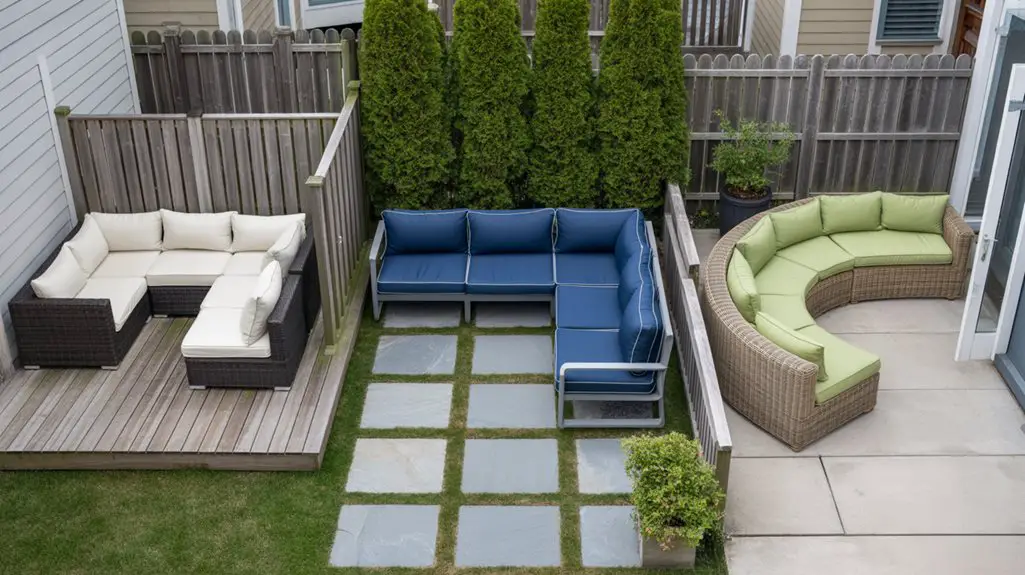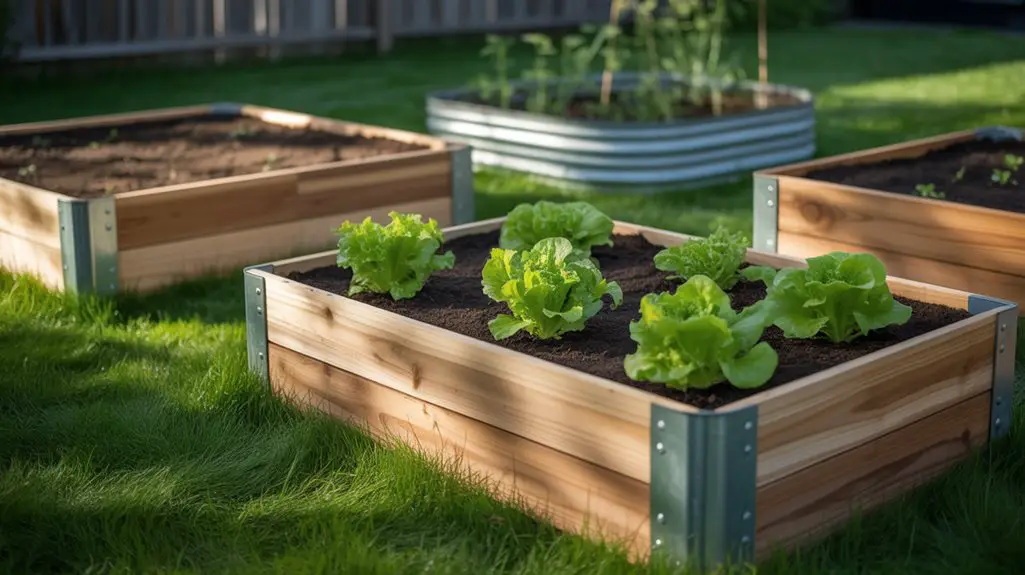When all the safety precautions are taken, Slip and Slides are a fun and safe activity for kids of all ages. However, without proper safety measures, they can quickly turn into a dangerous situation. They are among the riskiest of backyard play equipment, so it’s important to take a few safety measures before letting your kids loose on one.
Summer is in full swing and that means one thing: Slip and Slide season. While these backyard water games are a lot of fun, it’s important to make sure they are safe, especially for your kids.
In this blog post, we will go over 14 safety checks you should perform before your kids hit the Slip and Slide.
Are Slip and Slides Safe?
Yes, slip and slides are safe, but only if safety precautions are taken. Otherwise, they can easily become a dangerous situation.
As a parent or guardian, you want to make sure your kids are safe when playing on a slip and slide. So be sure to follow all the safety precautions.
Why Are Slip and Slides Not Always Safe?
There are various reasons why Slip and Slides might not be safe.
They are very slippery
As the name suggests, Slip and Slides are very slippery. This might seem like an obvious hazard, but it’s important to be aware of nonetheless.
If the surface is too slippery, kids can easily lose their footing and take a nasty fall.
They often involve water
Another hazard associated with Slip and Slides is that they often involve water. When combined with the slippery surface, this can make for a dangerous situation.
Water can also increase the risk of infection if kids have any cuts or open wounds.
Most children slide head first
This is perhaps the most dangerous aspect of Slip and Slides. Most children slide headfirst, which means they are at risk of hitting their head on the ground or on the edge of the Slide.
This can lead to serious injuries, such as concussions.
Factors That Increase the Risk of Injury with Slip and Slides
There are various factors that can increase the risk of injury when using a Slip and Slide. They include the following among others:
- Steep Inclines
This is among the top hazards associated with Slip and Slides. If the Slide is too steep, kids can pick up too much speed and lose control. This can lead to them hitting their head or flying off the Slide altogether.
- Sharp Turns
Another hazard to be aware of is sharp turns. If the Slide has any sharp turns, it can cause kids to lose control and crash. This can lead to serious injuries, such as broken bones.
- Lack of Padding
Another factor that can increase the risk of injury is the lack of padding. If the Slide doesn’t have enough padding, kids can hit their head or body on the ground, which can lead to serious injuries.
- Poor Construction
If a slip and slide are poorly made, the surface may be too slick or it may not be sturdy enough to hold your weight. This can lead to serious injuries if you were to take a fall.
Also, be sure to check for any sharp edges or loose parts that could cause injuries.
- Crowding
Too many kids on a slip and slide at once can lead to collisions and injuries. It’s important to make sure there is enough space for everyone to slide without running into each other.
- Poor Set Up
You can have a good-quality Slip and Slide, but if it’s not set up properly, it can still be dangerous. Make sure the Slide is on level ground and that there are no obstacles in the way.
Also, be sure to anchor the Slide down so it doesn’t move or shift during use.
- Lack of Barriers or Guardrails
Without barriers or guardrails, kids can easily fall off the slide and get injured. Be sure to set up the Slide in an area where there is a soft landing, such as grass or a sandbox.
- Lack of Supervision
If the kids are not supervised, they can easily get injured. Make sure to have an adult present at all times to help keep the kids safe.
Common Slip and Slide Injuries
Slip and slides can cause a variety of injuries, ranging from minor scrapes and bruises to more serious injuries, such as concussions and broken bones. The most common slip and slide injuries include the following:
Scrapes and Bruises: The most common type of injury associated with Slip and Slides is scrapes and bruises. These are usually caused by falling or sliding into someone or something.
Concussions: Another common type of injury is a concussion. This can occur if you hit your head on the ground or on the edge of the Slide. Concussions can be very serious and can lead to long-term problems, so it’s important to seek medical attention if you think you or your child has one.
Broken Bones: Slip and slides can also cause broken bones. This is usually the result of a fall or collision. If you think you or your child has a broken bone, it’s important to seek medical attention as soon as possible.
Sprains and Strains: Slides can also cause sprains and strains. These are usually the result of falling or landing awkwardly. If you think you or your child has a sprain or strain, it’s important to seek medical attention as soon as possible.
Brain Injuries: While rare, brain injuries can occur from slip and slide accidents. This is usually the result of a fall or collision.
If you think you or your child has a brain injury, it’s important to seek medical attention as soon as possible.
Neck and Spinal Cord Injuries: These types of injuries are also rare but can occur from slip and slide accidents. This is usually the result of a fall or collision.
If you think you or your child has a neck or spinal cord injury, it’s important to seek medical attention as soon as possible.
14 Safety Checks to Ensure Safe Play
As we have seen, slip and slides can be dangerous if they are not used properly. To help ensure safe play, here are some safety checks to keep in mind:
Inspect the Slide
Before using the slide, be sure to inspect it for any damage or hazards. If you see any, do not use the slide and replace it with a new one.
You want to check for broken parts, sharp edges, and loose parts. Be sure to fix any damage that you see before using it.
Check the Area
Be sure to check the area around the slide for any obstacles or hazards. You want to make sure the area is clear of any rocks, sticks, or other objects that could cause injury.
Also, be sure the ground is level and there are no holes or divots. If
Check the Surface
The surface should be smooth, level, and free of obstacles. If the surface is not level, the slide could move or shift during use, which could lead to injuries.
Clean the surface of any dirt, debris, or objects that could cause injury.
Anchor the Slide
Be sure to anchor the slide down so it doesn’t move or shift during use. This is especially important if the ground is not level.
You can use sandbags, weights, or stakes to anchor the slide down. Also, be sure the slide is on a firm surface so it doesn’t collapse during use.
Supervise Play
You just can’t be too careful. Be sure to have an adult present at all times to supervise play. This will help ensure that everyone is playing safe and not doing anything they could get hurt from.
Enforce Safety Rules
Be sure to enforce safety rules such as no running, no pushing, and no horseplay. These rules are in place to help prevent injuries.
Be sure to explain the rules to everyone before they use the slide.
Let the Kids Wear Protective Gear
If possible, let the kids wear protective gear such as helmets, elbow pads, and knee pads. This will help protect them from injuries if they fall or collide with something.
Inspect the Slide After Use
Be sure to inspect the slide after use for any damage or hazards. If you see any, do not use the slide and replace it with a new
Inspect the Slide After Use
After each use, be sure to inspect the slide for any damage or hazards. If you see any, do not use the slide and replace it with a new one.
You want to check for broken parts, sharp edges, and loose parts. Be sure to fix any damage that you see before using it again.
Use Barriers
If possible, use barriers to separate the slide from the rest of the play area. This will help prevent kids from running into the slide and getting injured.
You can use things like playground fences, walls, or nets to create a barrier.
No Playing with Jelwery or Glasses
Let the kids know that playing with jewelry or glasses is not allowed. This is because they can fall off and get lost or break and cause injuries.
If possible, have the kids take them off before playing on the slide.
No Sliding Head First
Sliding headfirst is not allowed for obvious reasons. Be sure to explain this to the kids before they use the slide. If possible, have them go down feet first so they can see where they are going.
Check the Slide’s Weight Limit
You don’t want to ignore the slide’s weight limit. This is in place for a reason and if you exceed it, the slide could break or collapse. This could lead to serious injuries.
Limit the Number of Children Sliding at Once
To avoid crowding and collisions, be sure to limit the number of children sliding at once. This will help ensure that everyone has enough space to play safely.
So there you have it, 14 safety checks to ensure safe play on your slip and slide. By following these tips, you can help prevent injuries and have a great time playing in the sun.
Fun Ways to Use a Slip and Slide
Don’t just slide down the slip and slide, get creative and have some fun. Here are a few ideas:
- Turn your Slip ‘N Slide into a water park
You can add sprinklers, pool noodles, and other obstacles to create a fun water park right in your backyard.
- Make a Slip ‘N Slide race track
You can use chalk or tape to make a race track on your slip and slide. See who can slide the farthest or the fastest.
- Have a Slip ‘N Slide party
Invite some friends over and have a slip and slide party. You can have races, contests, and games. Be sure to have plenty of refreshments on hand to keep everyone hydrated.
- Use it as a way to cool down on hot days
You can use your slip and slide as a way to cool down on hot days. Just be sure to have plenty of water on hand to keep everyone hydrated.
Slip and Slides FAQs
Are slip and slides safe for kids?
When properly used and all safety precautions are followed, yes they are safe for kids. However, they can easily turn into a hazard if not used properly.
How old should kids be to use a slip and slide?
There is no definitive answer, but most experts recommend that children be at least six years old. This is because they are more likely to follow the safety rules and understand how to use the slide correctly.
Can adults use a slip and slide?
Most slip and slides are designed for children, but there are some that can accommodate adults. Be sure to check the weight limit before using it.
What is the best way to set up a slip and slide?
The best way to set up a slip and slide is on a flat, level surface away from any obstacles or hazards. Be sure to follow the manufacturer’s instructions for proper setup.
Can you use a slip and slide on concrete?
No, you should not use a slip and slide on concrete as it can damage the slide and increase the chances of injuries.
Final Thoughts
Slip and slides can be safe if used properly. Be sure to follow the safety tips and guidelines above to help prevent injuries.
Have fun and stay safe. If you are looking for some larger water slides check out our favorites here.
Please be careful and use at your own risk
None of the authors, contributors, administrators, or anyone else connected with BestPlaygroundSets, in any way whatsoever, can be responsible for your use of the information contained in or linked from these web pages.




